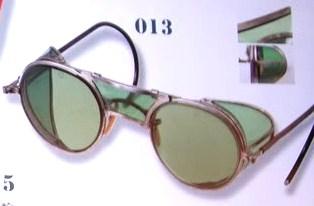marineabilly
A-List Customer
- Messages
- 358
I would have to agree that Brian is up there with his clothes. He is known to have rooms full of top-notch 50's R&R digs that is off limits to people not named Brian.


![url]](http://[url]http://i978.photobucket.com/albums/ae268/mothfighter/fedora/Hussard.jpg[/url])
![url]](http://[url]http://i978.photobucket.com/albums/ae268/mothfighter/Lafontpub.jpg[/url])


David Conwill said:Most of the vintage safety frames have side shields, making them in effect goggles with arms.
-Dave

BellyTank said:Thanks, Mothfighter-
Clothing in this style can be had here and here.
www.lelaboureur.fr
www.lelaboureur.se
among others...
B
T